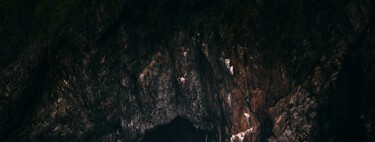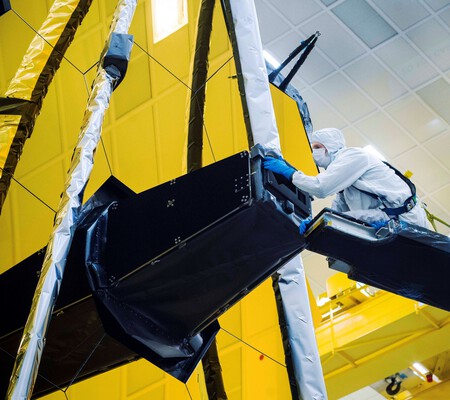NASA explains why the James Webb telescope does not have a “selfie camera” to show its journey into its orbit of operation

The countdown to the James Webb watch your first stars is underway. The $ 10 billion space telescope works its way into its operational orbit after a perfect launch. However, from Earth we will not be able to observe its first walk through the cosmos because the space observatory does not have monitoring cameras, also known as “selfie cameras“.
When asked by the community, the NASA profile of the James Webb Space Telescope on Twitter posted a thread explaining the reasons why, despite having considered a monitoring camera system to observe the satellite deployment stages, finally decided to scrap the idea in favor of using thermal, mechanical and electrical sensors.
Installing a camera, a risky decision
There is no doubt that the first moments of the James Webb in space on the way to the Lagrange point located 1.5 million kilometers from Earth would have been visual material worth seeing and preserving, but the risk of installing cameras in the observatory was higher than the benefits they could provide. The first problem NASA describes in its Twitter thread is light.
The reflection of light on the sun-facing side of the telescope’s gold mirrors will be so intense that a camera located there would have glare and contrast issuesexplains the US space agency. On the other hand, on the opposite side of the satellite, a completely inverse phenomenon will occur: total darkness before a camera lens.

Another problem NASA lists is wiring. The cables would have to run through the moving parts of the telescope, adding complexity to the system and increasing the risk of heat transfer and vibration through them. Recall that because of the distance the James Webb will be located, unlike the Hubble, it cannot be repaired if it has a fault.
Where to locate the cameras and the temperature are also huge challenges. The dark side of the telescope is so cold that NASA should have designed a camera with cryogenic capabilities so it can work in those extreme conditions. “Plastics fall apart, shrink and crack, and glues don’t stick together,” the agency explains.

But engineers, before you rule out this option, and let’s remember that the James Webb took almost three decades to build, evaluated and tested a camera system. However, they concluded that these solutions would not provide meaningful monitoring and diagnostic information for those who operate the telescope from Earth.
If you are one of the people who has been following the progress of the telescope to its orbit, now you have the answers why there are no images of, for example, the deployment of his sun shield and because Mission control sees animations and telemetry data on screen.
As for the telescope’s observation capabilities, they promise to surprise. What NASA explains, the James Webb owns four infrared instruments that will allow you to see beyond the stars and exploring the primitive structures of the universe to better understand its origin and our place in it.
Images | NASA Webb (Twitter)
Reference-www.xataka.com